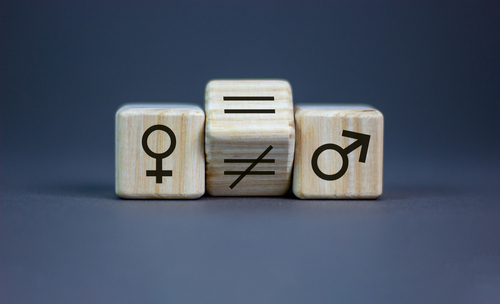Further entrenching the gender pay gap can be as simple as routinely asking job applicants what they earn at their current job, business leaders have been told.
Winning support from the Sex Discrimination Commissioner, construction firm Lendlease no longer sets salaries based on what a recruit’s former employer paid.
“We pay them what the job’s worth,” Lendlease’s head of human resources, Deb Yates, told the Australian Financial Review’s Workforce Summit on Monday.
“We’ve seen that shift, the impact, because when you ask someone what they currently earn, all you’re doing is reinforcing bias that already exists.”
The change was introduced across the company’s global operations after the question was banned under US law.
Along with a focus on equal representation in senior roles and unintentional bias concerning promotions, paying what recruits’ jobs were worth had narrowed the gender pay gap, Ms Yates said.
Her comments come two weeks ahead of the release of gender pay gap data on every Australian business with 100 or more employees.
Employers will be able to contextualise the results with a statement on the Workplace Gender Equality Agency website.
Nationwide, the pay gap in 2023 was 21.7 per cent, meaning women in Australia earn on average $26,393 less than men over a year.
The Lendlease approach to salaries was a great idea, Australian Sex Discrimination Commissioner Anna Cody said.
“Rather than reinforcing some of those stereotypes about what someone’s worth, that’s a really effective way,” she told the summit.
“Australia is really lagging in this area.
“We do have some of the most entrenched roles and stereotypes around what men and women do.
“We need to implement a range of measures and I think it will be about what action each company will be taking that will be the focus.”
Executives at one of the companies with an entrenched gender pay gap, Virgin Australia, know what is driving the differential.
Men dominated the higher-paid cockpit roles, while cabin crew were traditionally dominated by women.
“Unfortunately, because of the construct of some of these workforces, you can’t change the position as quickly as you would like to,” human resources chief Lisa Burquest said.
But she was only mildly concerned about the publication of pay-gap data come February 27.
“These sorts of things exist to hold people accountable,” Ms Burquest said.
“What gets measured gets done.”
The gender pay gap data will cover the year to March 2023 and will be available by employer and industry.
Commonwealth public-sector organisations’ gender pay gaps are expected to be published by early 2025, taking in the 2023 calendar year.
Luke Costin
(Australian Associated Press)





